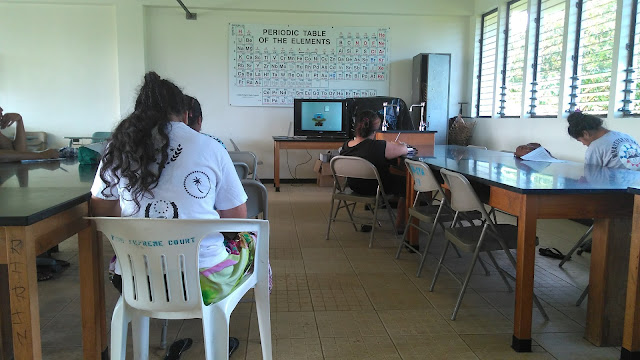Discovery learning in polar graphing with Desmos

The current regular algebra and trigonometry text in use during the regular term does not include polar coordinates nor polar graphing. Both are topics that are often a black-box mystery to students, hard to envision and perhaps even harder to graph. Polar graph paper helps, but there are an awful lot of calculations on a scientific calculator before one can "see" the graph. The OpenStax Algebra and Trigonometry text in experimental use this summer includes polar coordinates and graphing. These topics fit rather well into the summer curriculum which also includes a look at vectors - vectors underpin so much of physics and the physical sciences, as well as being important in computer graphics. The x = r cos θ and y = r sin θ that the class first met in generating SVG coordinates using trigonometric functions return as conversion functions from Cartesian to polar coordinates . This pair of functions will appear again in the section on vectors . In section 10.3 Desmos w...


